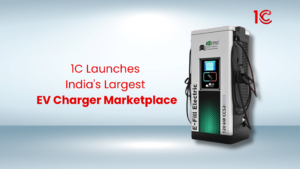
Menu
Menu

Updated on Sep 22, 2023 | 5 min read
Tata Nexon EV’s facelift is in front of everyone. The Nexon.ev is making headlines due to its features, competitive price point, and improved specifications. The new Nexon EV has many features but there’s one that very few people are talking about, “V2V and V2L”. People unaware of its potential are seeing this feature as just another addon and it doesn’t get the attention it deserves.
So, in this blog post, we’re gonna unwrap the hidden potential of V2V and V2L energy transmission and look at how this is going to open various opportunities.
One of the greatest problems with owning an electric vehicle is its charging time which is possibly can be reduced to merely minutes but isn’t cost-effective and it also harms the battery. The most convenient and profitable way of charging an EV is to either plug it into your home or find an EV charging station near you. But what if you don’t have one? These features free your EV from the charging station boundation.
Along with that here are a few opportunities you can catch on with V2V and the upcoming V2G (Vehicle to grid) features:
However, the widespread adoption of V2V and V2G features will require significant infrastructure development, including the deployment of smart charging stations, grid upgrades, and the development of communication protocols. Additionally, cybersecurity concerns and privacy issues related to vehicle-to-vehicle communication will need to be addressed.

Content Writer
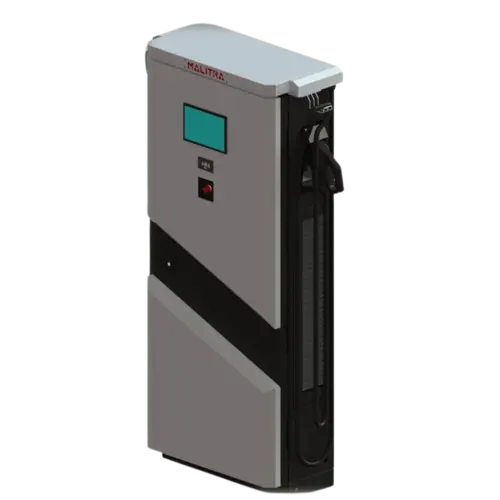
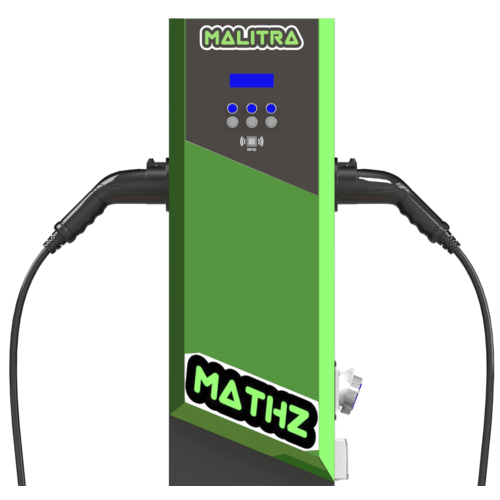
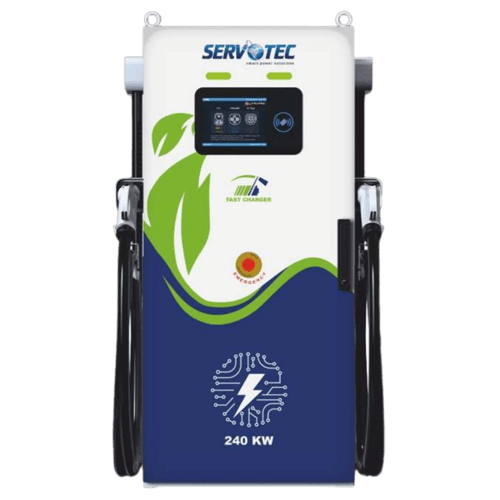
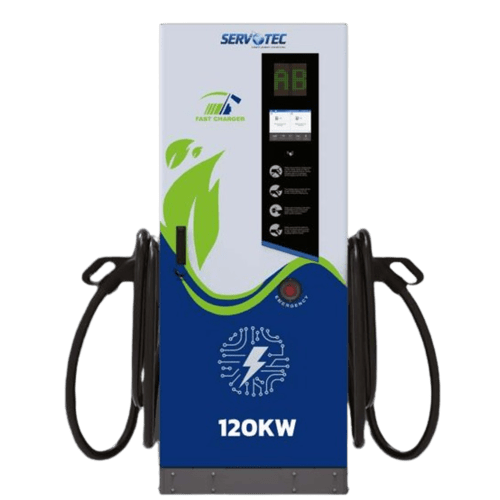
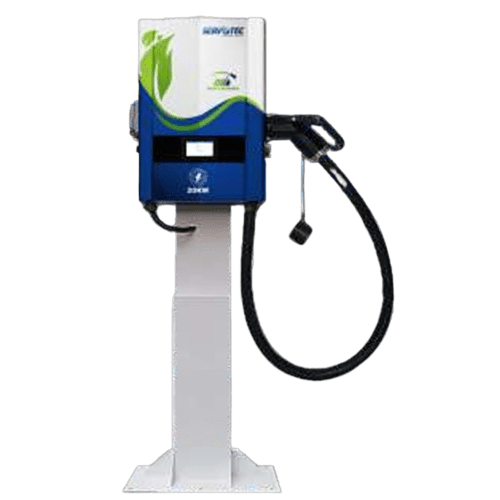
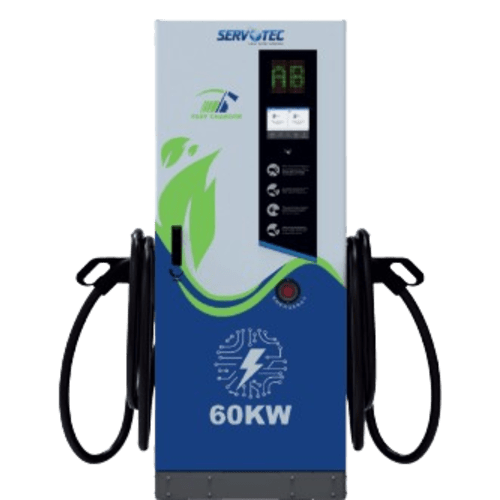
© 2024 Massive Mobility Private Limited. All rights Reserved